Begonias are a breathtaking and multifaceted family of flowering plants that are cherished for their beautiful blossoms and charming leaves. These plants boast a remarkable range of colors, shapes, and properties, making them a popular pick for gardeners who want to add some vibrancy to their indoor and outdoor spaces. In this piece, we’ll delve into the fascinating world of begonia flowers, examining their unique features, maintenance needs, and the delight they bring to plant lovers everywhere. Get ready to be enchanted by these stunning blooms!
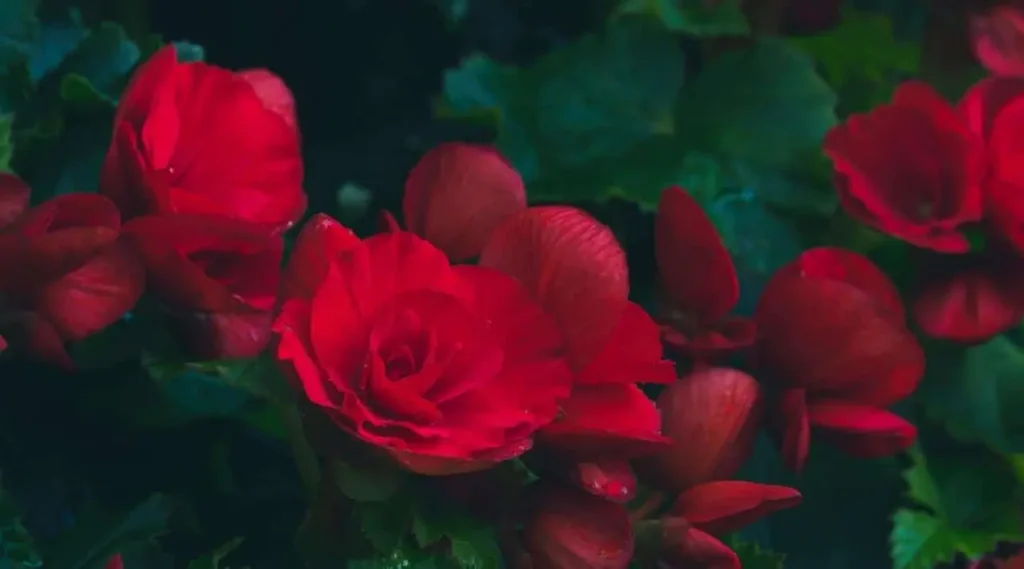
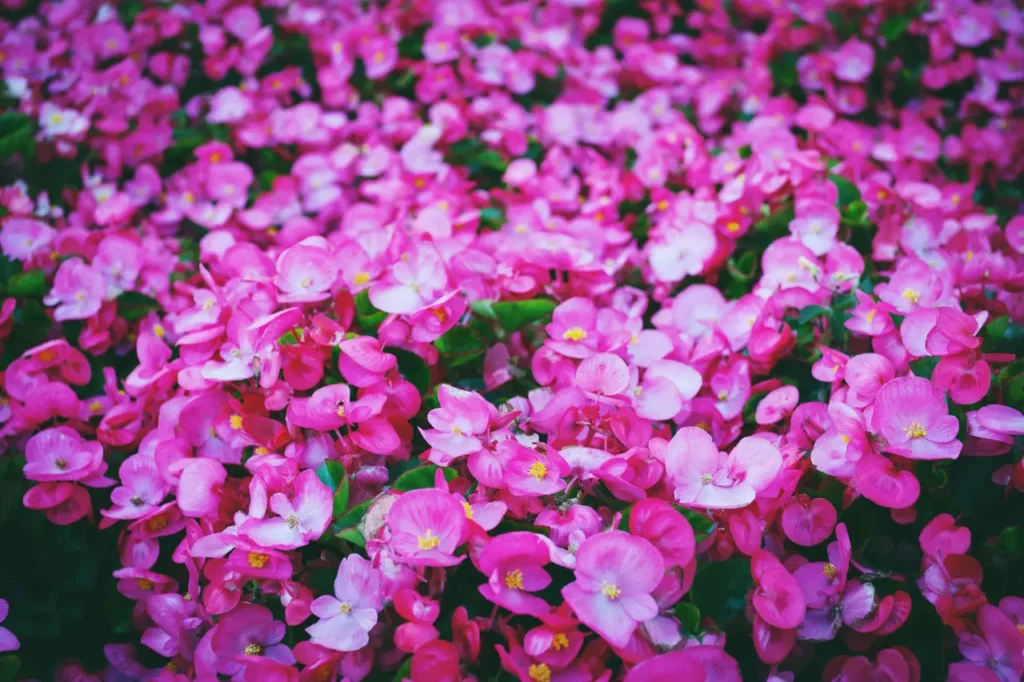
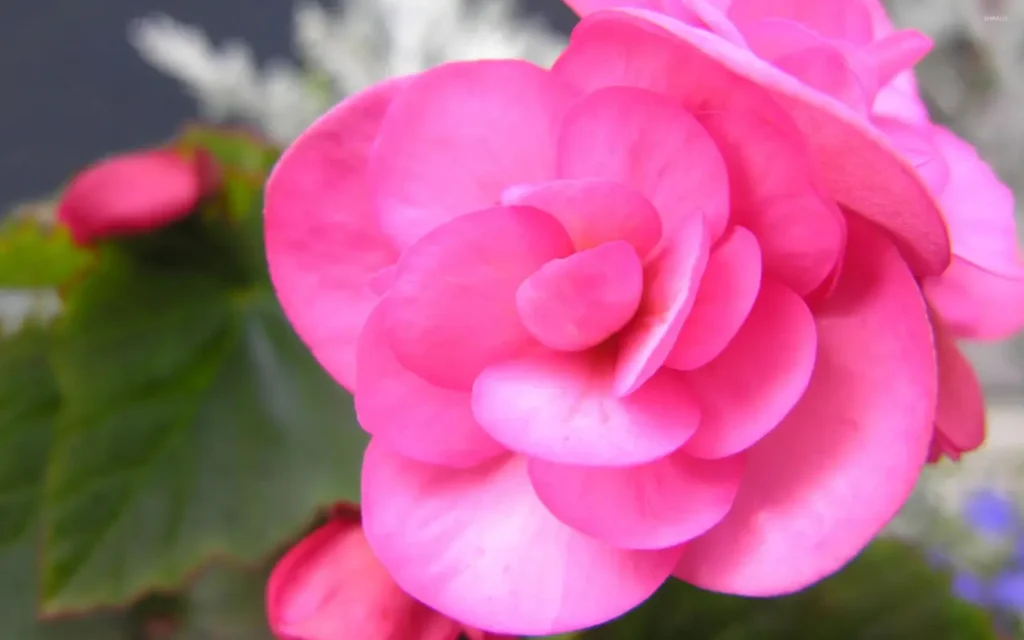
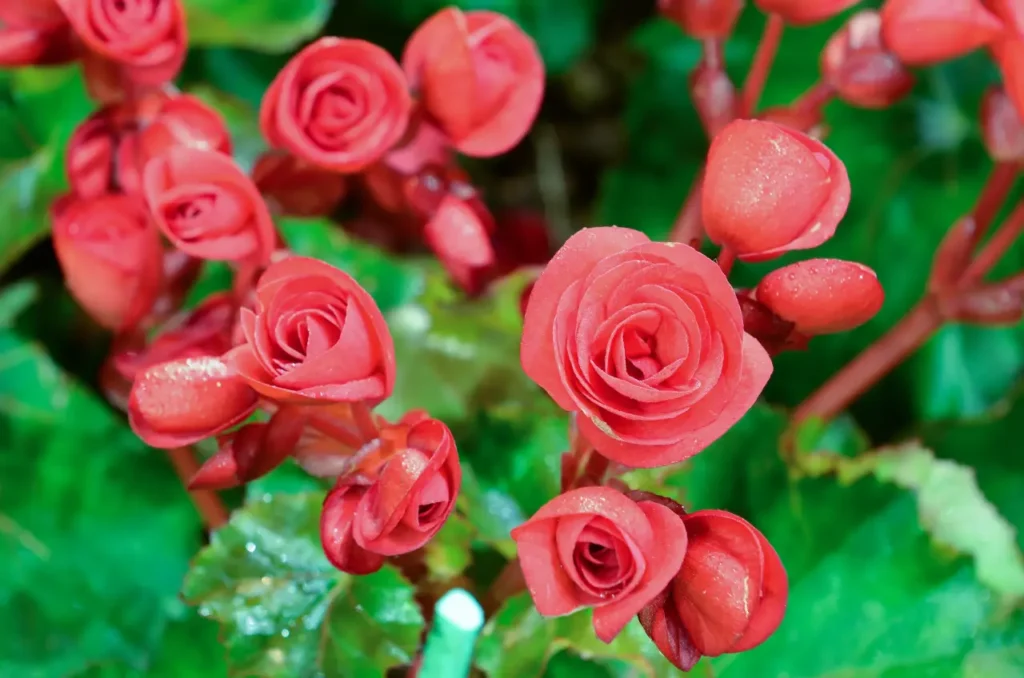
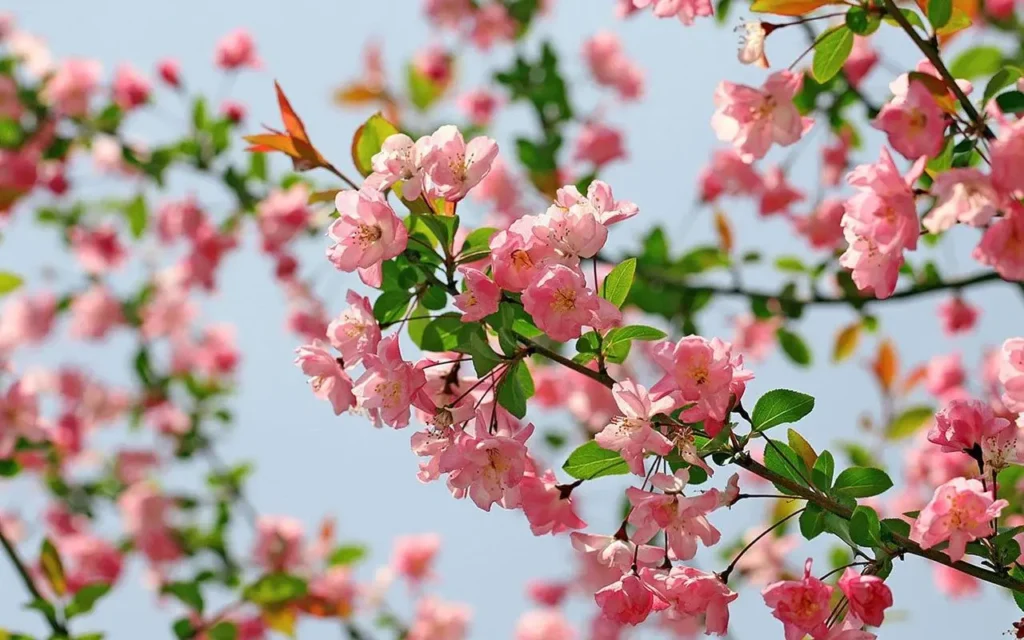
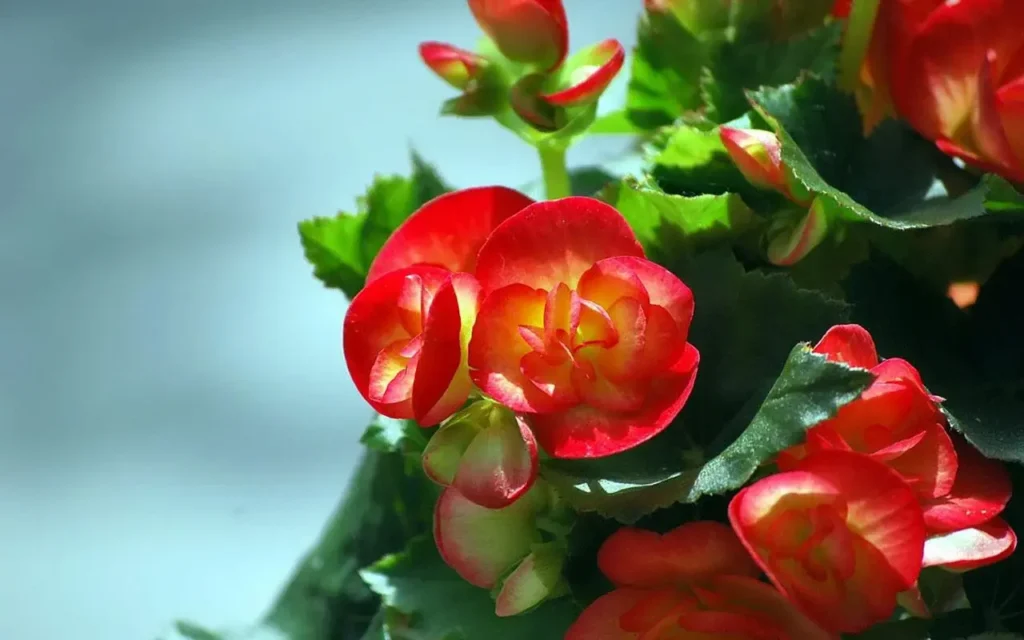
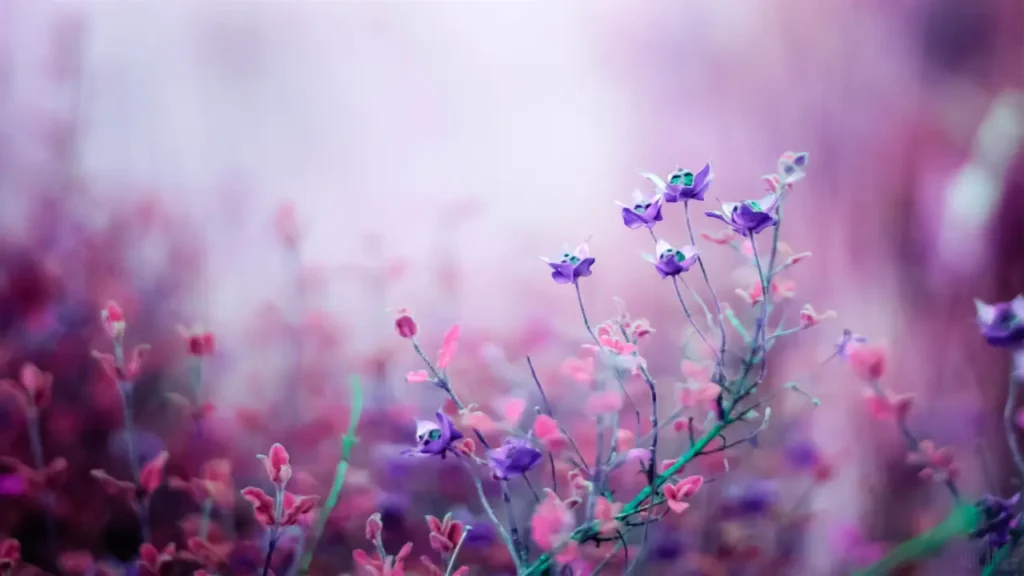
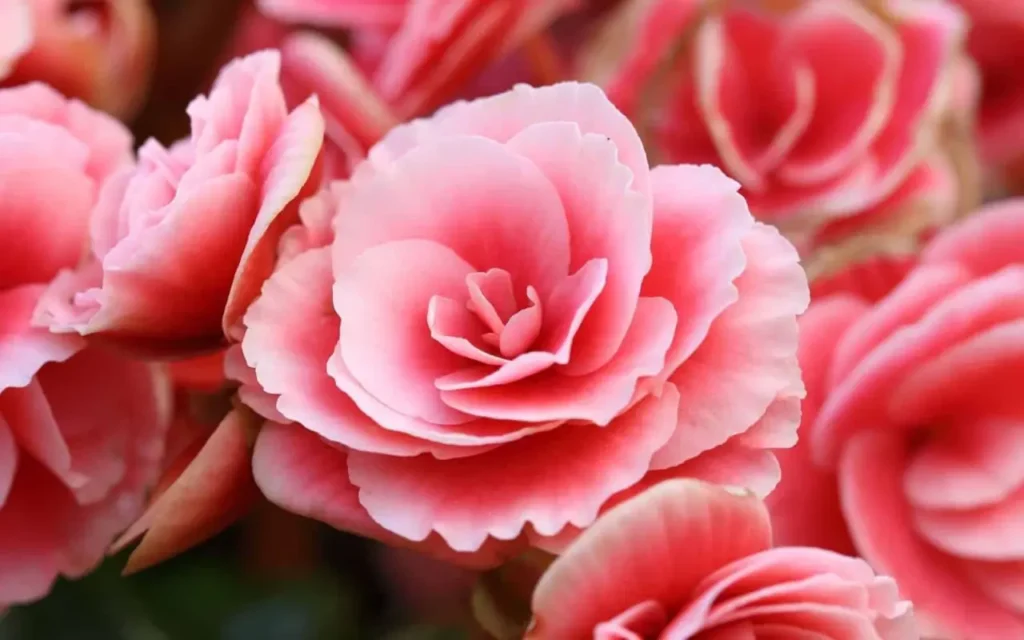
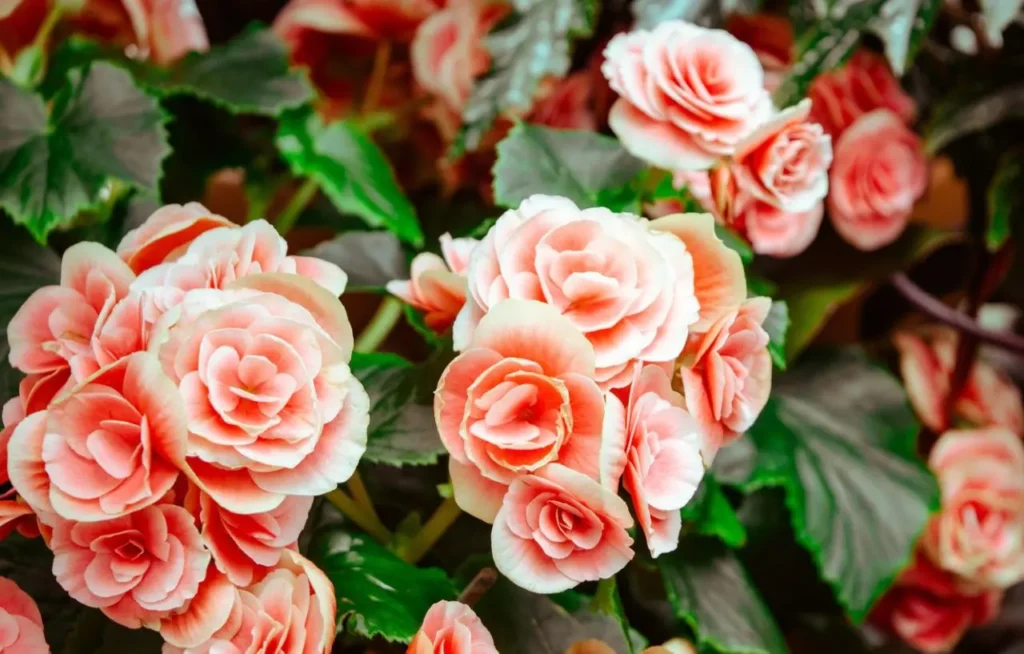
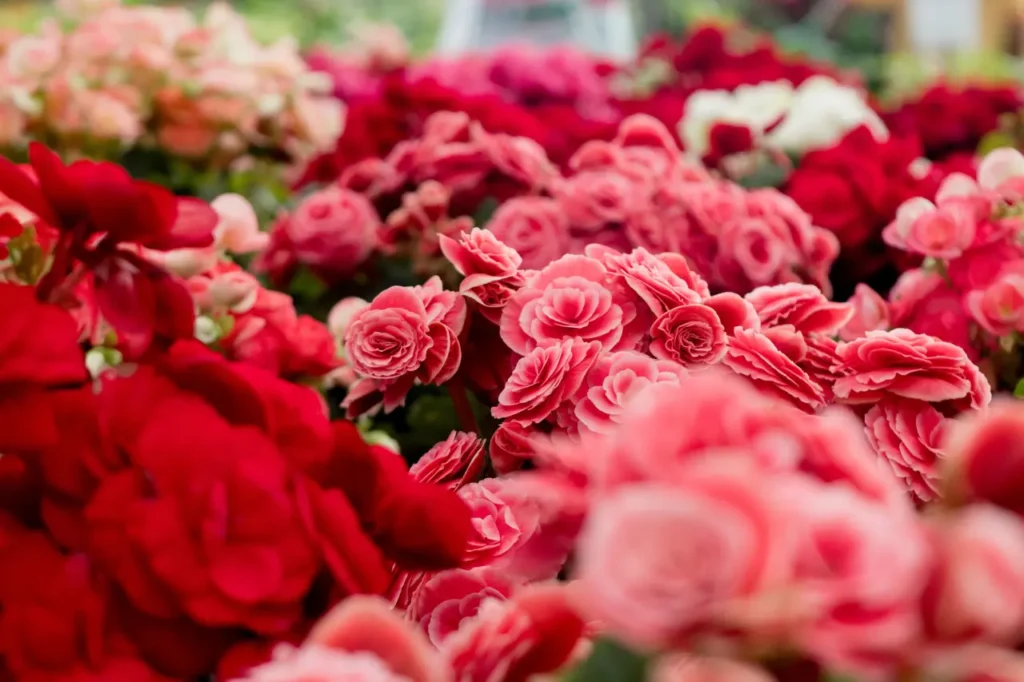
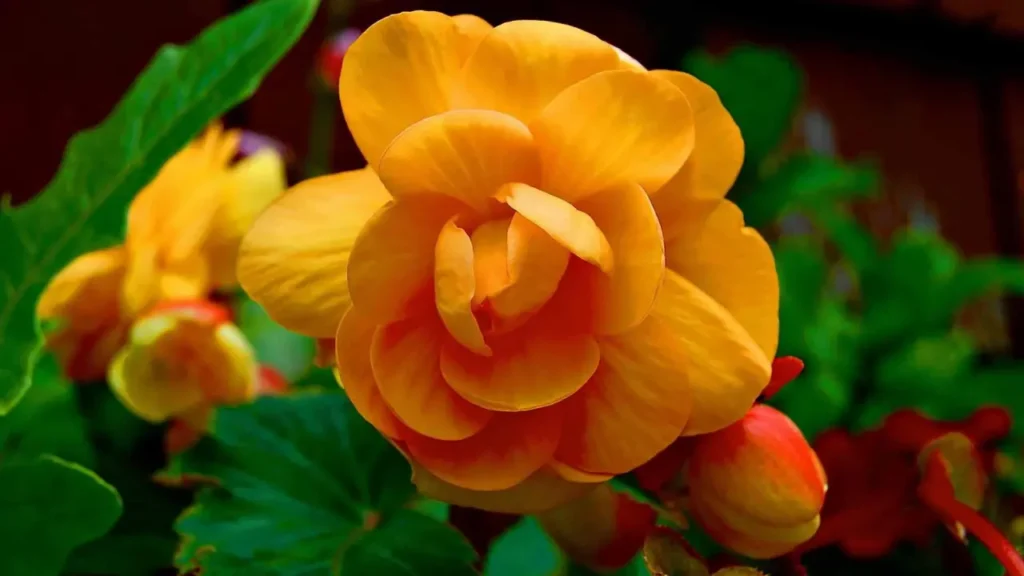
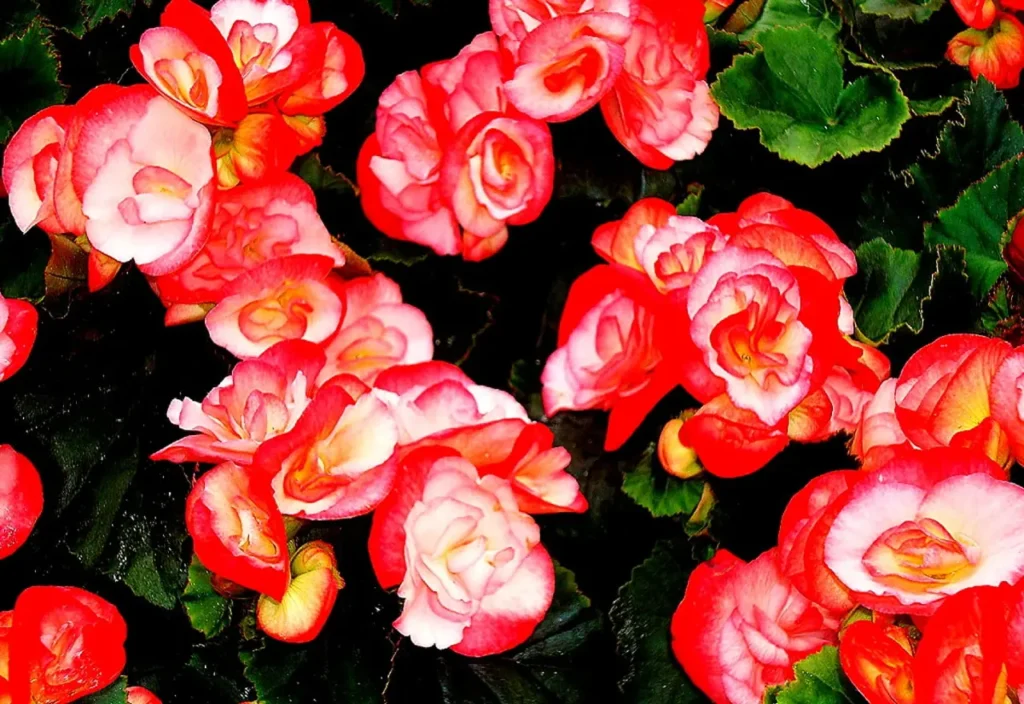
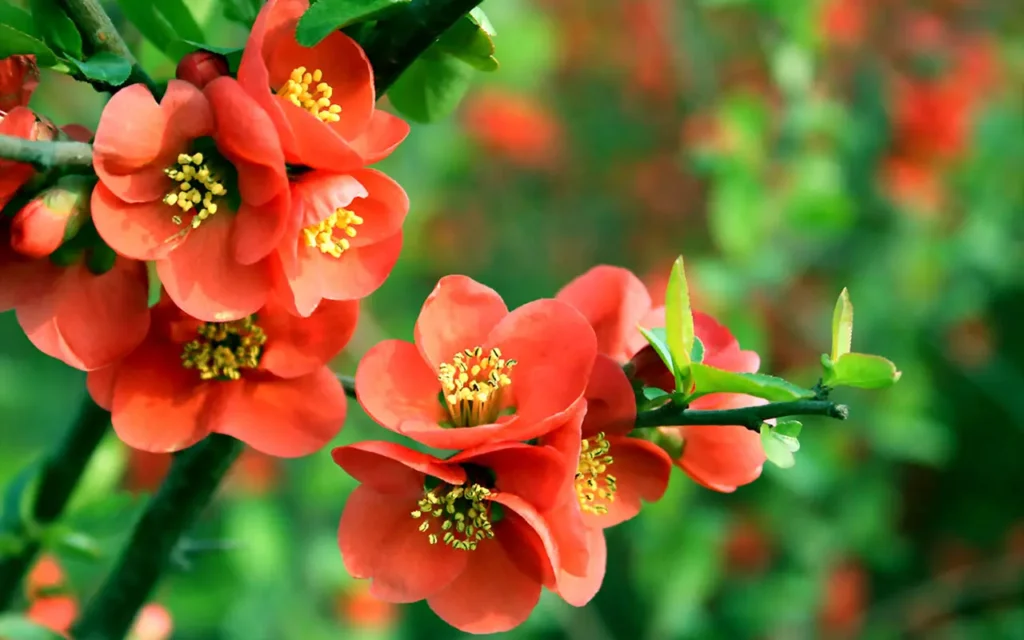
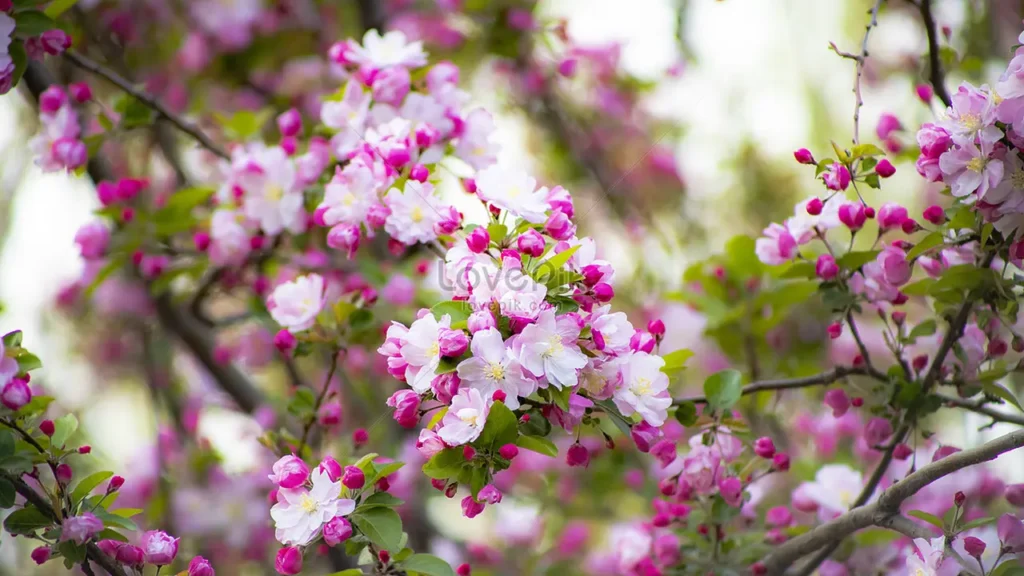
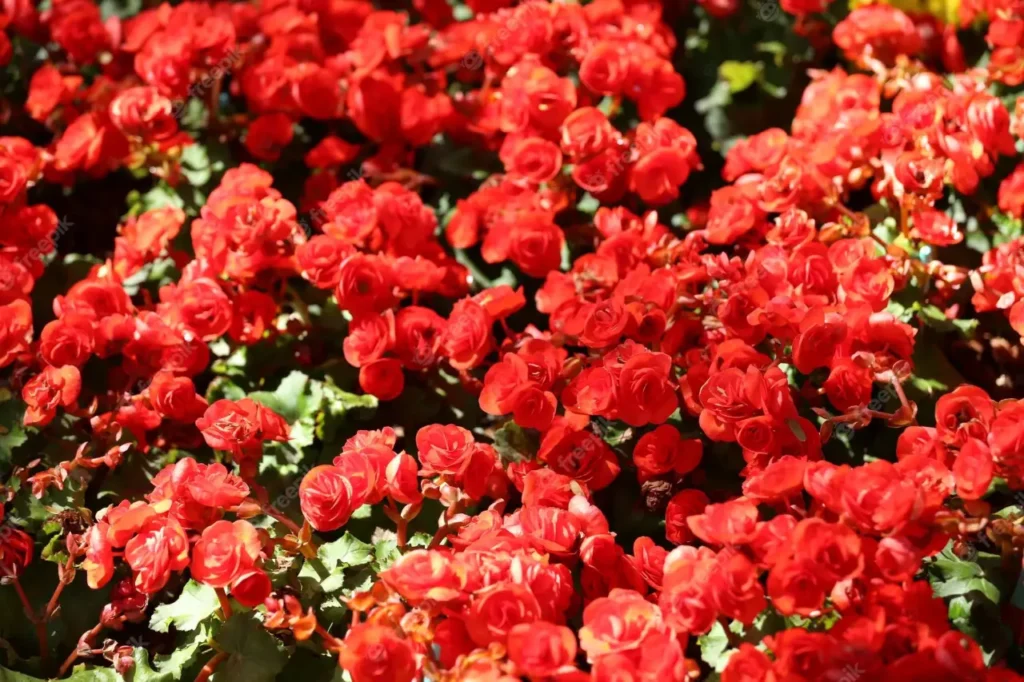
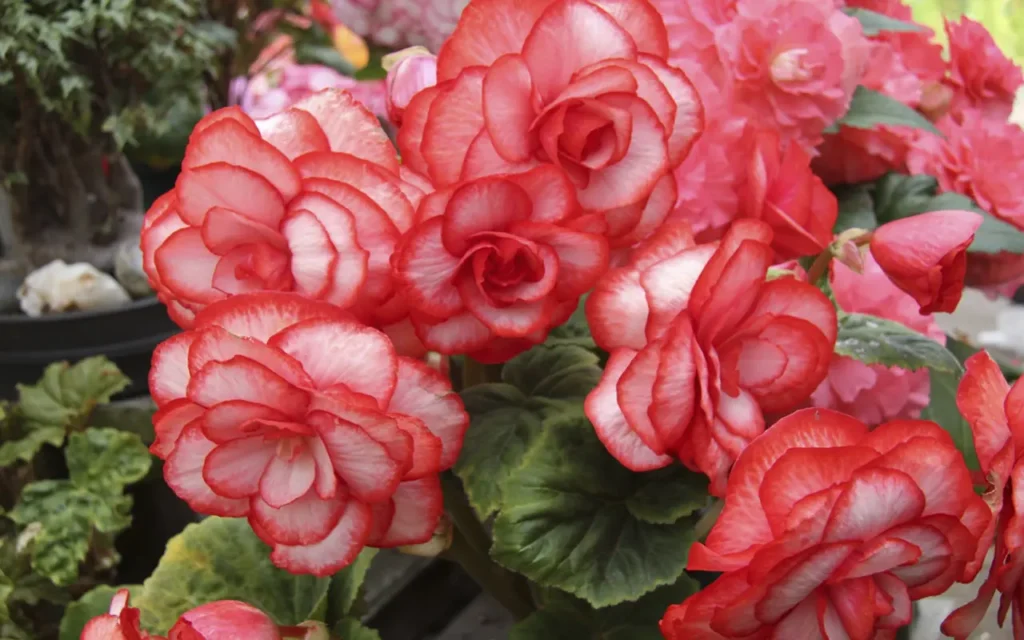
The Diversity of Begonias
Begonias are a diverse group of plants that include numerous species, hybrids, and cultivars, boasting an impressive variety of sizes, colors, and shapes. Their flowers exhibit a spectrum of hues, ranging from soft pastels to vivid tones, with shades of red, pink, yellow, orange, white, and even multi-colored petals. The blooms come in different forms, such as single, double, ruffled, and camellia-like, some even displaying intriguing patterns and markings. Not only do begonias offer captivating flowers, but they also have attractive foliage with unique shapes, textures, and colors, including glossy or textured surfaces, intricate veining, and distinct patterns. Even when not in bloom, begonias add interest and value to any garden or indoor space.
Symbolism and Cultural Significance
Begonias have gained cultural significance and symbolic meanings in different regions and cultures worldwide. In Asia, particularly in China and Japan, begonias represent good fortune, happiness, and wealth, commonly used for special occasions and festivals. In the language of flowers, begonias symbolize individuality, uniqueness, and imagination, making them a perfect gift to express admiration, gratitude, and affection. With various begonia varieties, one can choose specific colors and shapes to convey particular emotions.
Growing and Maintenance
Begonias are relatively easy to grow, suitable for both novice and experienced gardeners. Although specific care requirements may vary depending on the type of begonia, there are general guidelines to follow. Most begonias prefer bright, indirect light, thrive in moist but well-draining soil, and appreciate humid environments. Watering should be moderate, allowing the soil to dry slightly between intervals to avoid overwatering. Optimal temperature ranges between 60-75°F (15-24°C), and regular feedings of water-soluble fertilizer every 2-4 weeks during the growing season promote healthy growth and continuous blooming. Pruning and maintenance, such as removing dead flowers and leaves and pruning leggy stems, encourage bushier growth and keep the plant looking neat and tidy.
Versatility in Garden and Container Settings
Begonias are versatile plants that can grow in various garden settings or containers, suitable for beds, borders, rock gardens, hanging baskets, and window boxes. They thrive in well-drained soil with organic matter, making them ideal for outdoor gardens. For indoor settings, begonias add charm and beauty to any space and are easy to care for, making them an excellent choice for houseplants.
